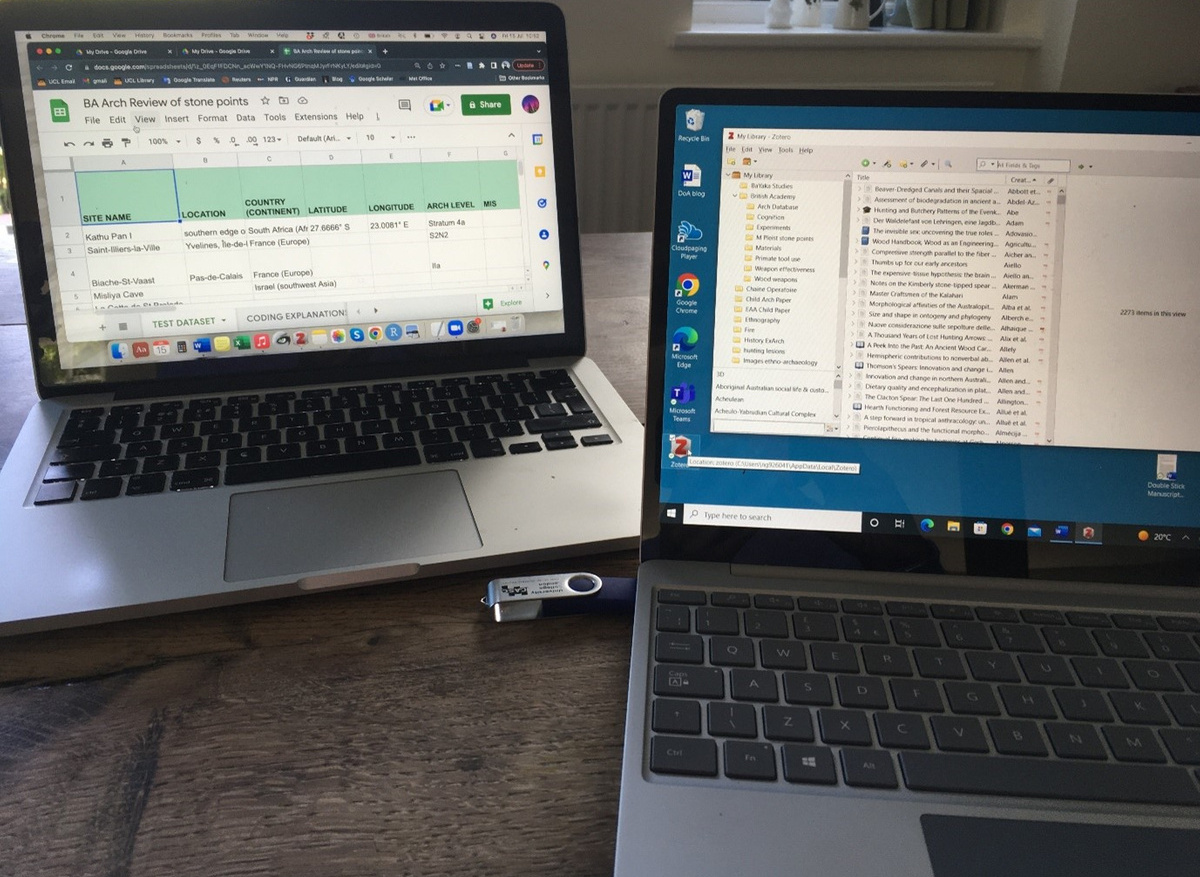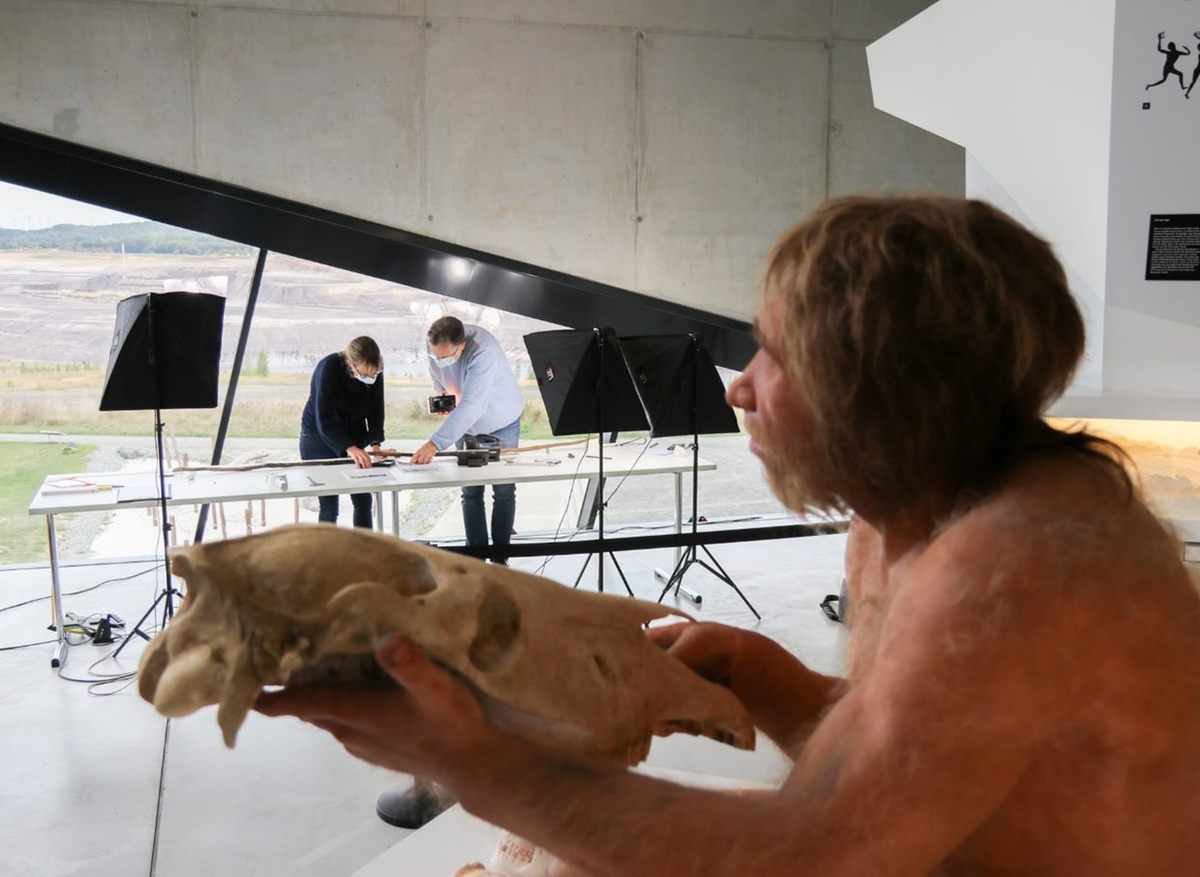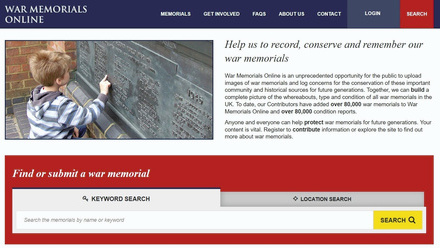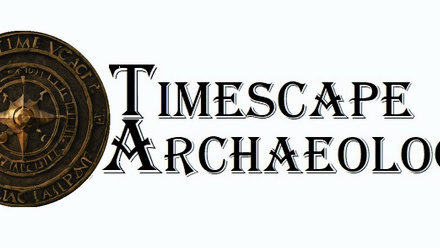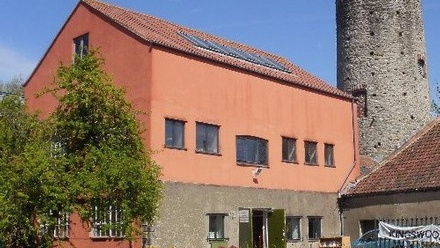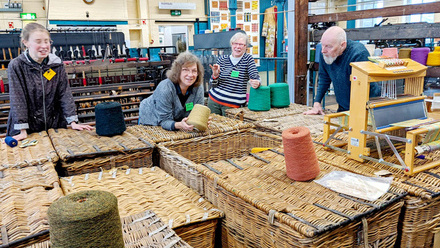While many of my colleagues are braving the soaring summer temperatures doing fieldwork, most of my work this summer is from my laptop. Today I have some travel planning to do because next October I am going to Spain for a new research network I’m helping set up, which will connect archaeologists who study wood tools. I was also invited to give a talk in Toulouse, which is a lovely opportunity to share ideas and meet other researchers. Taking part in excavations, working with artefacts in museums, conducting experiments, and giving talks has taken me all over the world. But I’m also trying to fly less, so today I work out how to connect my two trips and do much of it by train.
Not only was I (like everyone) stuck at home during the pandemic, but until this time last year I had also been struggling for several years to get a postdoctoral job, and I’d felt pretty isolated. I know not everyone was happy to be back to work but for me, face-to-face working these last 12 months in Germany and now at the University of Reading felt like a lifeline. In spite of the fact that travelling back and forth to Hannover during the pandemic was expensive and stressful, it was a real privilege to get to study the 300,000-year-old wooden spears from Schöningen.
Right now it feels like I’m juggling many different projects, almost all of which centre around my research on early spears. This month I’ve finished updrafts of three papers I’m working on, and I’m really happy to send them to co-authors for comments. I am also working on a new database for my British Academy fellowship which looks to better understand a key innovation in human evolution: from about 500,000 years ago in Africa and about 230,000 years ago in Eurasia, our human ancestors started tipping spears with stone points. We don’t understand why though – why tip spears with stone points in certain times and places but not in others? I’m taking a big picture approach and mapping these early archaeological points to see if there are any patterns. But the nature of the archaeological record makes recognising and interpreting early spears tricky…! Wood hardly ever preserves so usually we just find the stone point and while a point might have been used as part of a weapon, it could equally have been a knife, or something else. Because the record is so sparse, and although archaeology is the foundation of my questions, I’m also excited to collaborate with researchers from many disciplines. For example, I am going to be working again with anthropologists in The Republic of Congo to learn more about spears from the BaYaka, who are skilled hunters and can teach us WEIRD (Western Educated Industrialised Rich Democracies) scientists a lot. We have lots of spear experiments planned too, which will involve firing wooden and stone replica spear points at synthetic bone targets so we can start to understand how these break, how long they last, and what kind of damage different points can make to bone.
These many different aspects of my research take a lot of planning though, so for now it is me, my desk and my laptop!
Contact details
Annemieke Milks
University of Reading

